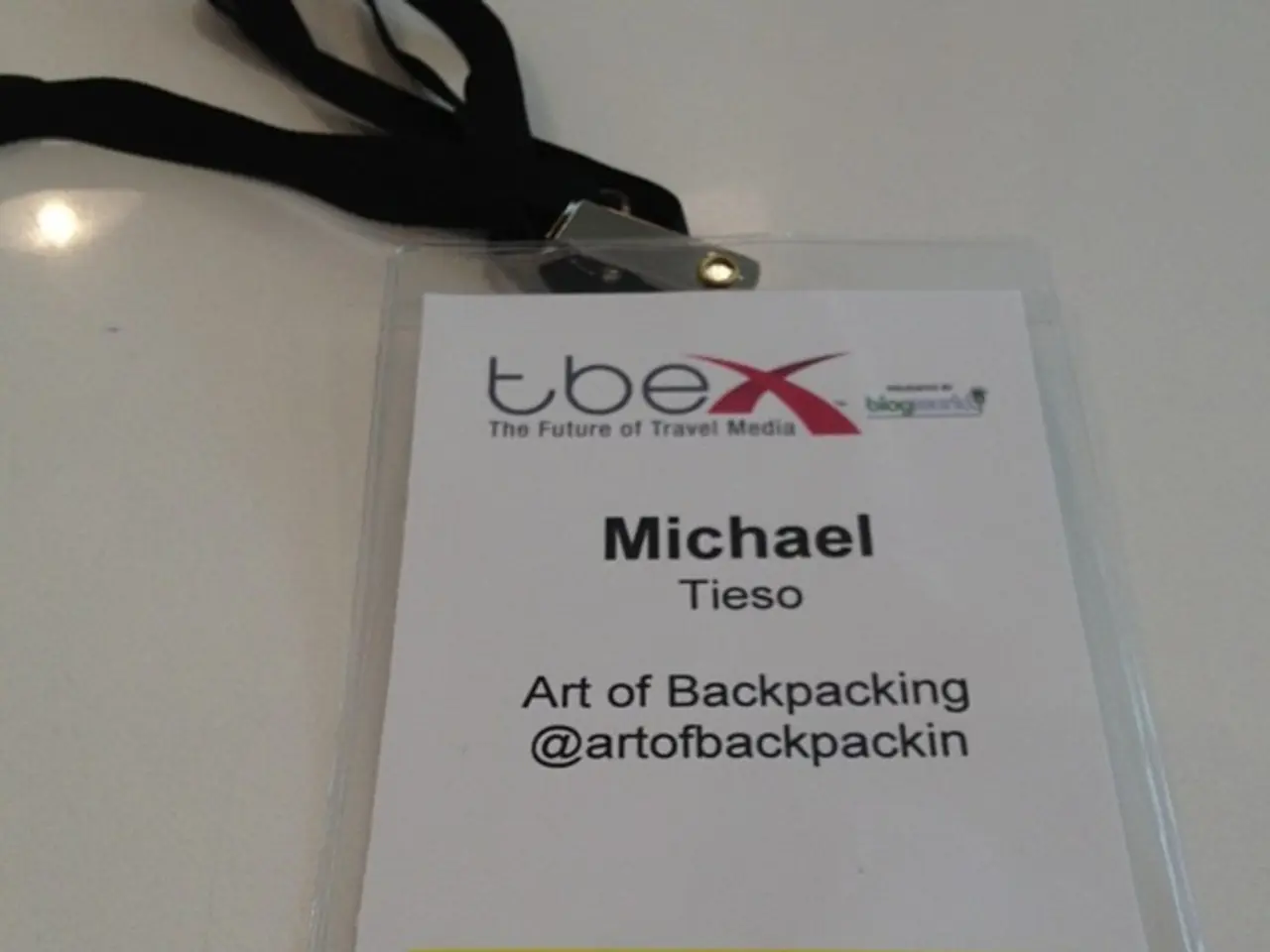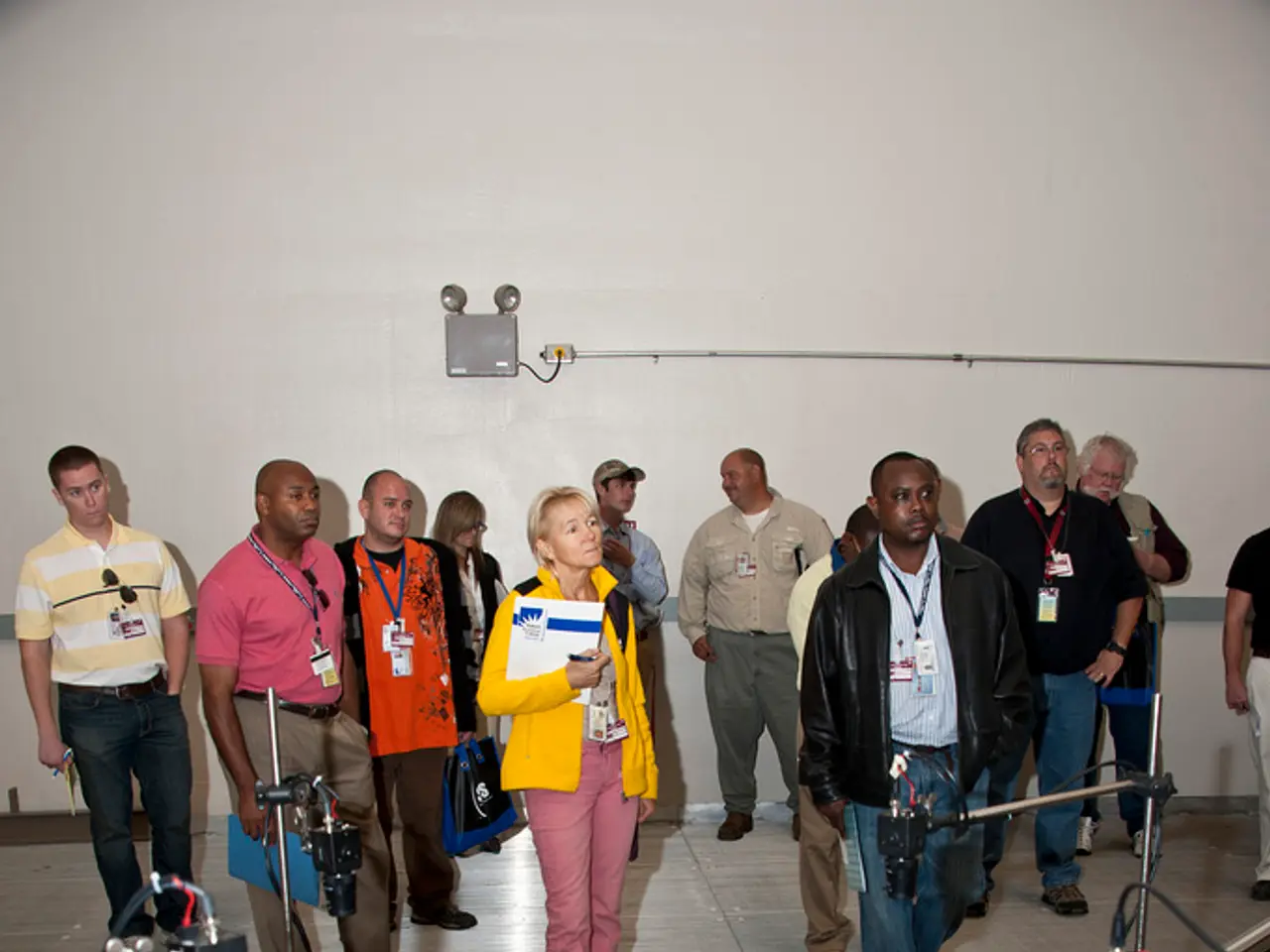Benefits of Using Metal-Based Printed Circuit Boards
Metal Core Printed Circuit Boards (MCPCBs) are becoming increasingly popular in the electronics industry due to their superior thermal management capabilities. These boards offer significant advantages over traditional FR4 PCBs, particularly in high-power and high-heat applications.
Advantages of Metal Core PCBs
Superior Thermal Conductivity
One of the key benefits of MCPCBs is their high thermal conductivity. Typically made from aluminum or other metals, MCPCBs have a thermal conductivity of around 1-2 W/m·K, compared to the 0.3 W/m·K of FR4 boards. This makes them excellent for dissipating heat from high-power components, preventing overheating and improving reliability in LED lighting, power converters, and other high-heat applications.
Mechanical Durability
MCPCBs also boast enhanced mechanical strength and stability, thanks to their metal base. This makes them more robust under mechanical stress or impact compared to FR4, contributing to a longer service life in harsh environments.
Stable Operation Under Harsh Conditions
The metal base can also improve the stability of the PCB under thermally demanding or tough operating conditions, ensuring consistent performance.
Disadvantages of Metal Core PCBs
Higher Cost
Despite their benefits, MCPCBs are more expensive than FR4 boards. Prices for aluminum PCBs typically range from $0.15 to $0.30 per square inch, compared to less than $0.10 for FR4.
Limited Layer Complexity
MCPCBs are generally limited to simpler, often single or double-layer designs due to the constraints imposed by the metal base and heat dissipation layers. This limits their use in high-density circuits.
Reduced Design Flexibility
MCPCBs lack the electrical insulation versatility of FR4 and are not suitable for extremely high-frequency signals as well as complex multilayer RF designs, where FR4's dielectric properties are advantageous.
Heavier and Less Flexible
MCPCBs are heavier and rigid, making them unsuitable for applications requiring flexibility or lightweight boards.
Comparison Table
| Aspect | Metal Core PCB (Aluminum Base) | Traditional FR4 PCB | |-------------------------|-------------------------------------------|---------------------------------------| | Thermal Conductivity | High (~1-2 W/m·K) | Low (~0.3 W/m·K) | | Mechanical Strength | High (robust, durable) | Moderate (strong but less durable) | | Application Suitability| High-power, high-heat, robust environments| General purpose, cost-sensitive, high-frequency signals | | Cost | Higher ($0.15-$0.30/in²) | Lower (<$0.10/in²) | | Layer Complexity | Limited (mostly 1-2 layers) | Supports complex multi-layer designs | | Flexibility | Rigid and heavier | Rigid but lighter; supports some flexible designs with other substrates | | Electrical Insulation | Metal base requires special dielectric layers| Excellent electrical insulation |
In conclusion, MCPCBs excel in thermal management and mechanical endurance, making them ideal for LED lighting, power electronics, and other heat-intensive applications. FR4 PCBs, on the other hand, remain the versatile, economical choice for most standard electronic circuits where heat dissipation demands are moderate.
In MCPCBs, it's important to ensure the stack-up is symmetrical on either side of the metal core in a multilayer board. The number of layers on top of the core should be equal to the layers on the bottom, and the copper symmetry is preferred to avoid warpage issues.
MCPCBs are widely found in LED lighting technologies, automotive applications, motor drives, solar panels, Photovoltaic Cells, and motion control. They are 2 to 4 times stiffer than FR4 or polyimide designs, have the ability to handle shock and vibration, and are relatively expensive compared to FR4 boards.
The thermally conductive prepreg in MCPCBs electrically isolates the copper circuitry layer from the metal layer and assists in heat transfer between the two layers. The thickness of this layer ranges from 2 mils to 6 mils, and a higher thermal conductivity of this layer leads to better heat transfer.
MCPCBs transfer heat 8 to 9 times faster than FR4 PCBs due to their higher thermal conductivity. The dielectric material is kept as thin as possible in MCPCBs to create the shortest path from the heat source to the metal backing plate, which assists in quicker heat dissipation.
An aluminum circuit board features a standard dielectric material and an aluminum core, with thermal conductivity ranging from 1 W/mK to 9 W/mK and can withstand temperatures up to 400 °C. Aluminum PCBs come in various types, including single-layer, double-layer with single component mounting side, double-layer with dual component mounting sides, and 4-layer Al PCB.
The thermal conductivity of the metal core PCB dielectric material is measured in Watts per meter Kelvin (W/mK). Tools for checking MCPCB designs include identifying design errors ahead of time, enabling instant price quotes for designs, and checking if a complete set of files required for manufacturing is present.
Tools for designing MCPCBs include a library of single and sequential lamination stack-up templates, 3 technology levels with respect to trace geometry, drill sizes, spacing, and cost index, and automatic construction type selection linked to a 2D field solver-based impedance calculator.
The 'impedance calculator' is a useful tool for designing Metal Core PCBs, as it offers automatic construction type selection based on a 2D field solver. Furthermore, the technology of Metal Core PCBs, particularly aluminum PCBs, allows for quick heat dissipation due to their high thermal conductivity.

![Remote Access Application: Swift PC Control [Compatible with PC, iOS, and Android]](/en/content/images/size/w1280/format/webp/20250730040842_pc-remote-control-app.jpeg)


